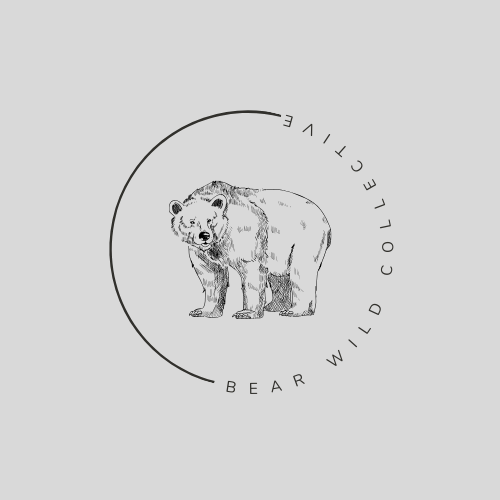Art has long been a powerful tool for inspiring change, evoking emotions, and communicating complex ideas. When it comes to wildlife conservation and wild animal welfare, art holds a unique ability to capture the beauty and urgency of protecting the natural world. Through various mediums, artists help raise awareness, funds, and support for conservation efforts, bringing wildlife issues to the forefront of public consciousness.
See our blog post about different types of creative roles in the wildlife sector, or read more about unique roles in the wildlife sector in our Wildlife Career Accelerator or Wildlife Work Directory

[Credit Rhondak]
Creating Awareness Through Art
Wildlife art can communicate the wonder of nature in ways that words or statistics cannot. A striking painting of a tiger in its natural habitat or a sculpture of a polar bear on melting ice can evoke deep emotional connections to the animals and the challenges they face. Artists often collaborate with conservation organizations to highlight critical issues like habitat destruction, illegal wildlife trade, or climate change. For example, murals of endangered species in urban spaces can grab attention and provoke discussions among communities that might otherwise not engage with conservation topics.
Fundraising for Conservation
Art is also a significant source of funding for wildlife conservation projects. Artists frequently donate works to auctions, with proceeds supporting organizations working to protect species and ecosystems. Art exhibitions centered around wildlife themes often partner with nonprofits to channel funds into conservation initiatives. For instance, organisations like the David Shepherd Wildlife Foundation use art competitions and sales to support anti-poaching efforts, habitat restoration, and education programs. Such initiatives show how creative expression can have a tangible impact on wildlife protection.
Education and Advocacy
Art can make complex conservation issues more relatable and understandable. Illustrations, infographics, and even children’s books are tools for teaching people about the importance of biodiversity.
In addition, art can act as an advocate for species that don’t have a voice. A thought-provoking piece highlighting the plight of rhinos or bees can reach an audience that might not respond to scientific papers or news articles.
Empowering Communities Through Art
Art also empowers communities living near wildlife habitats. Programs that teach local communities to create and sell wildlife-themed art provide both income and a deeper connection to conservation. These efforts transform people into stewards of the ecosystems they depend on.
Art is a universal language, capable of transcending barriers to connect people with the natural world. By leveraging creativity, artists continue to play a vital role in protecting wildlife and inspiring a global movement for conservation.



